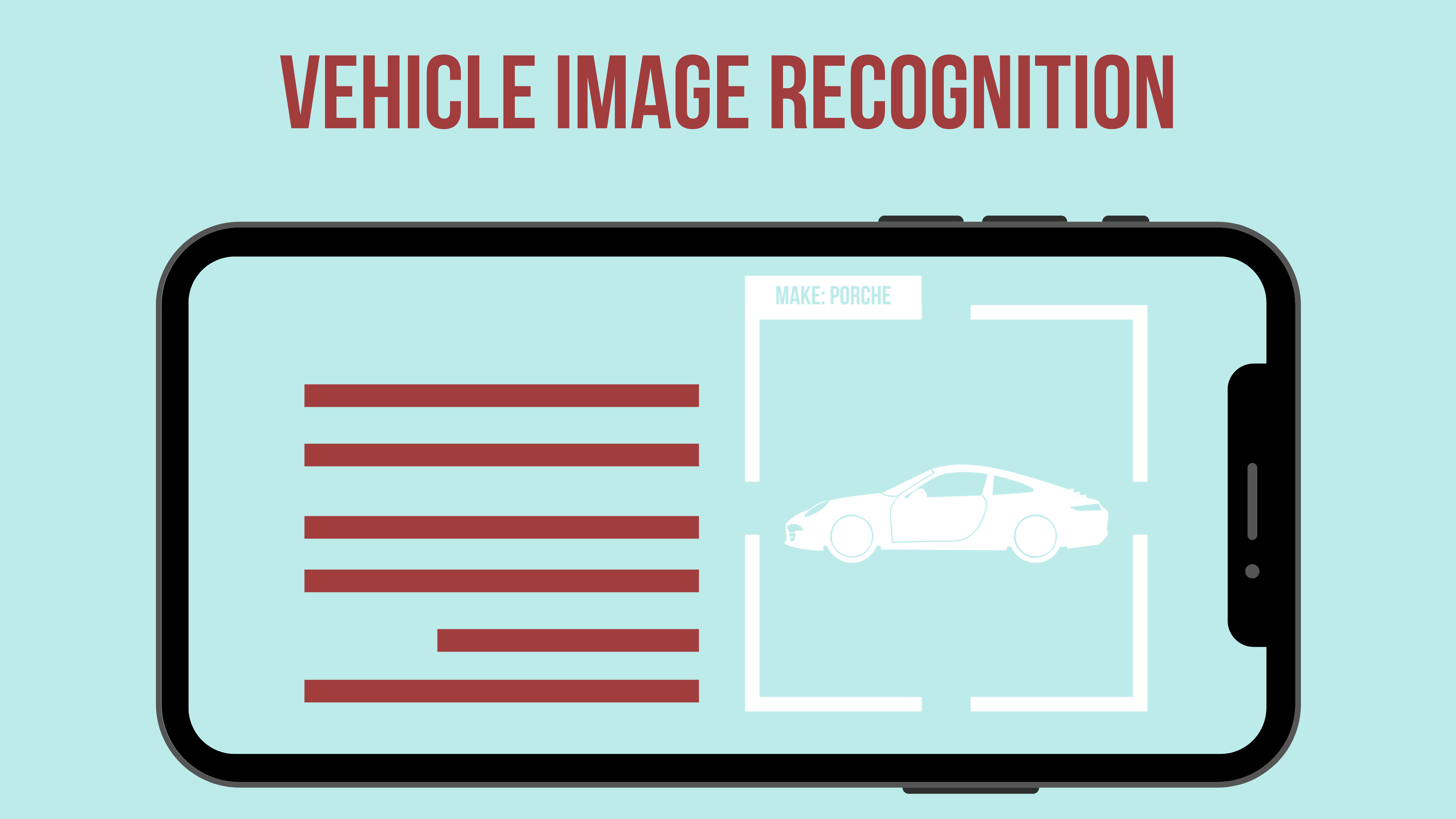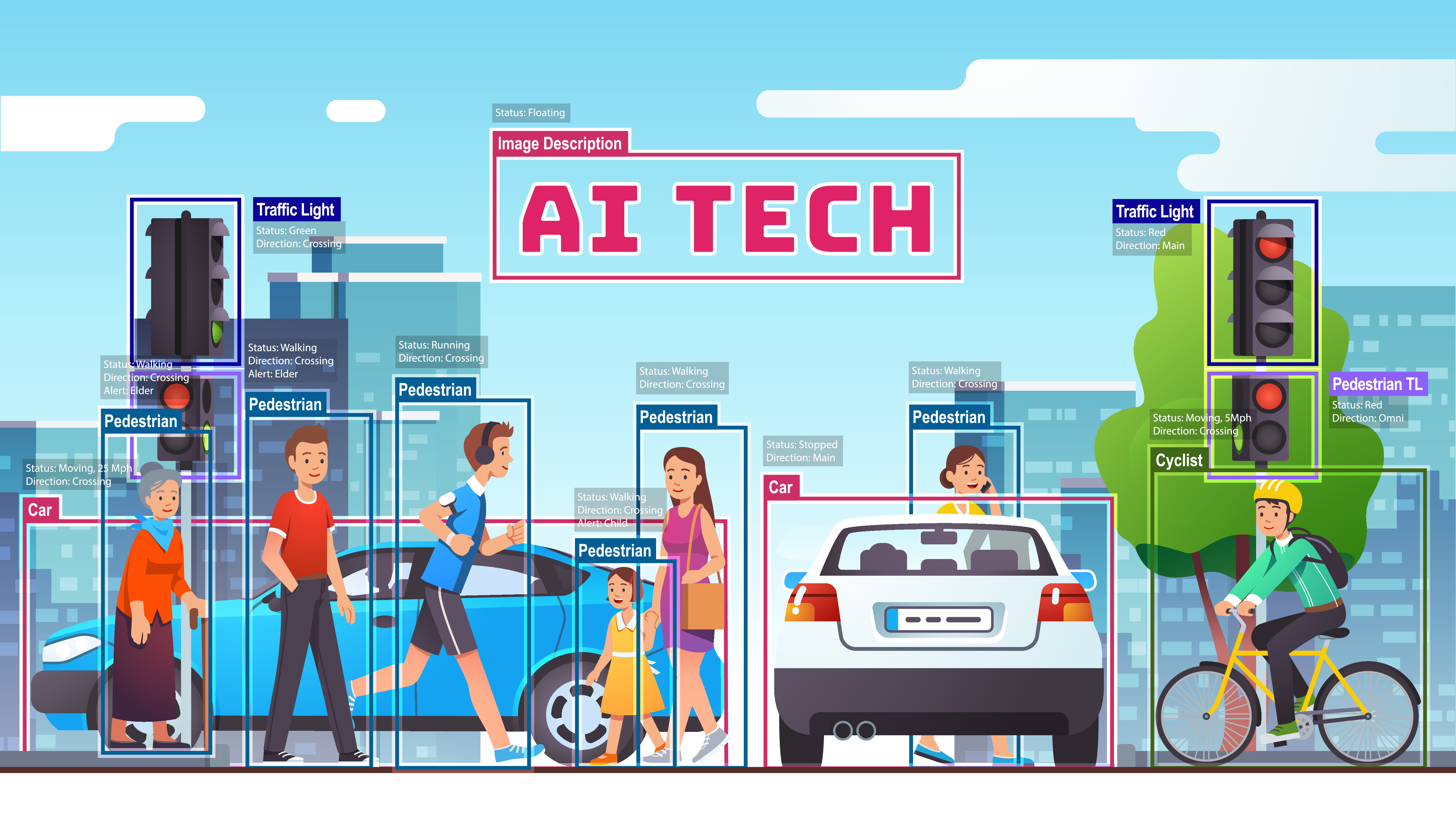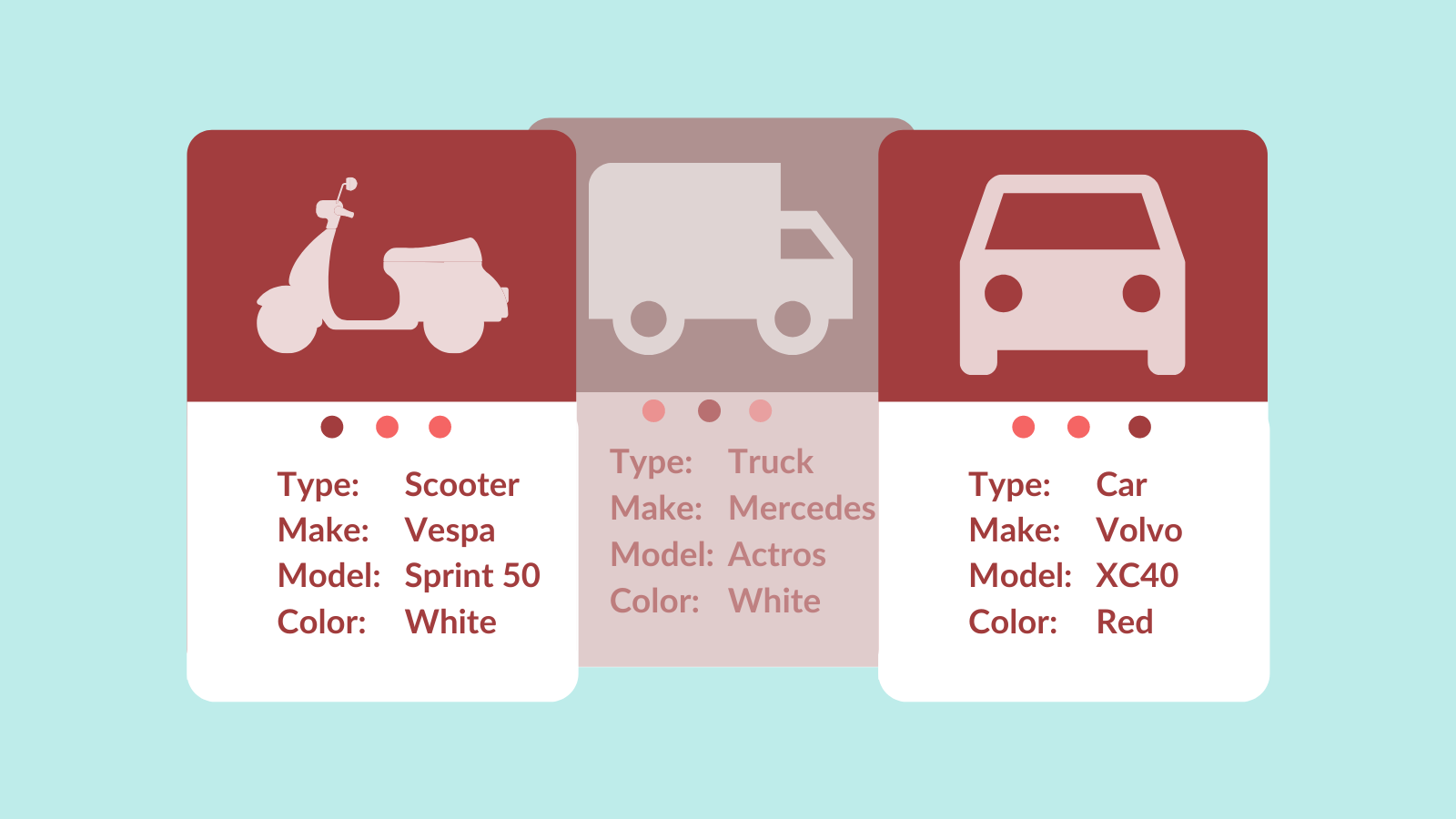An Introduction to Vehicle Image Recognition and Car Computer Vision
18 November 2020 | 4 min read

You’ve probably seen tons of headlines about self-driving cars and how they are just right around the corner. In some places, there are already some on the road! Computer vision plays a crucial role in self-driving cars, but other aspects of vehicle image recognition are already widespread and growing as separate industries all on their own. This article will break down car image recognition and computer vision – what they mean and how they are being used. Let’s take a look.
What is Vehicle Attribute Recognition?
Vehicle attribute recognition is a type of image-based target recognition applied to cars. Or, in other words, car image recognition. Computer software is trained to recognize a vehicle’s individual attributes, for example, the model, make, color, or size.
So, how does vehicle attribute recognition differ from computer vision? The terms image recognition and computer vision are often used interchangeably, but they have distinct definitions despite being similar. With computer vision, the computer will “see” something thing the environment and take action. An example of car computer vision would be a car trained to see a person running out into the road and taking action. The car might slow down or come to a stop to prevent any collisions.
By contrast, image recognition will “see” or identify objects within the image but doesn’t take action. You can think of image recognition as more of an informative or tagging tool to help people make decisions. For example, many smartphones use image recognition AI software within the phone’s camera. If you have one of these phones and point your camera at a flower, the AI might apply a “flower” tag.
Image recognition is easy for people to do but difficult for computers to do. If you see a car, you instantly know certain things about it. For example, you will know its color and identify its size and shape. You can also find other information. For example, even if you haven’t seen that make or model of car in the past, you will be able to read it from the car’s branding. You can even make split-second assessments about the driver or how the vehicle is used. If you see a large truck, then you will determine that it’s probably used to haul large quantities of items or heavy goods. If you spot a people carrier type car, you know that the vehicle can transport seven or eight people at a time.
Similarly, if we see a photo of a lion on the Savannah, we can instantly identify the lion within the environment – it appears distinct from the pixels around it. However, computers have to be trained on how to do this by seeing thousands of images of lions. Today, we do this with machine learning algorithms, and to great success. What was once difficult for computers to do is now becoming easy. A common use of image recognition is optical character recognition (OCR), essentially a scanner that can recognize text within a file and convert it. This type of software also plays a role in car image recognition because it can identify a car model’s name from the branding on the car.
How Does Car Image Recognition Work?
The first step in car image recognition is extracting features from an image – identifying pixels. Depending on the size of an image, it can have an enormous number of pixels. An image with a resolution of 1024X768 has 780,000 pixels. The first step in training the car image recognition model is to give it images to train from. We do this by preparing labeled images to feed into the model. For example, you might prepare 2000 photos of a Nissan Altima. By analyzing the image’s pixel makeup, the model will learn the attributes of a Nissan Altima.

Use Cases For Vehicle Attribute Recognition
Car Sales
A whopping 40 million cars were sold in the US in 2018. Online resources now form a considerable part of the car sales process at several stages: searching, purchasing, applying, etc. Websites like AutoTrader and Cars.com are now extremely popular options for buying cars online. It’s also expected that this trend will continue and more car sales will take place online in the future. When it comes to car sales, there are several areas where car image recognition plays a crucial role:
- Truth and accuracy: Maintaining truth and accuracy in peer to peer sales can be challenging. How do users know that the images of the car match the description? Image recognition software can spot if multiple photos are of the same vehicle and even whether the interior matches the exterior.
- Organization: The algorithm can decide how to organize user-uploaded images to look good on the website.
- Improved descriptions: By recognizing the vehicle’s attributes, the website can tag features and add them to the car description.
- Personalized recommendations: The website can recommend similar-looking alternatives by analyzing the image.
Traffic Monitoring and Infrastructure Planning
It’s often essential to capture the individual attributes of vehicles for improved infrastructure planning. City planners need to know the types of cars that travel on the road to make meaningful improvements. Here’s how car image recognition is used in this area:
- Vehicle Type Recognition – For example, is the vehicle a car, sedan, or truck. This helps determine the distribution of vehicles on the road.
- Make recognition – Identifying the manufacturer of the vehicle. This can be used to identify stolen license plates or determine the distribution of cars on the road.
- Model recognition: This can help us understand consumer behavior. For example, consumers seem to like Toyota Corollas.
- Audio recognition: Although LiDar sensors help tremendously to identify vehicles in low light, we can also use machine learning to learn the audio signals of specific makes and models of cars.

Use Cases For Car Computer Vision
You already guessed it – it’s self-driving cars. Here’s how computer vision is used in this area:
- Accident prevention: AI systems like Lane Departure Warning (LDW) systems can tell drivers if another car is entering the current lane, helping drivers make better decisions. The vehicle might even apply automatic braking.
- Driver monitoring: Some cars can monitor driver biometric behavior, like heart rate or pulse, to ensure they aren’t falling asleep or having a medical event.
- Identifying pedestrians.
- Efficiency: Optimal route planning by analyzing the environment.

Check out our computer vision solutions



Check out our computer vision solutions

How House Alerts Help To Obtain Higher Click-Through Rates
Thanks to house alert systems, you can quickly inform potential buyers when new properties that match their criteria show up. Here is a step-by-step guide that will show you how you can retarget potential customers and help them find the house of their dreams.
Two Unique Dashboards That Will Help Your Real Estate Agents Close More Deals
Being successful in sales is about knowing your product inside out and knowing everything there is to know about your customer. Luckily, it’s easier to achieve these two goals today than ever before by using some unique dashboards. Read everything about it here:
How Artificial Intelligence is Shaping the Online Real Estate Market
Now in 2021, the message is clear; AI is here, and it’s here to stay. But what impact does this technology have on the real estate market? Read everything about it in this article



